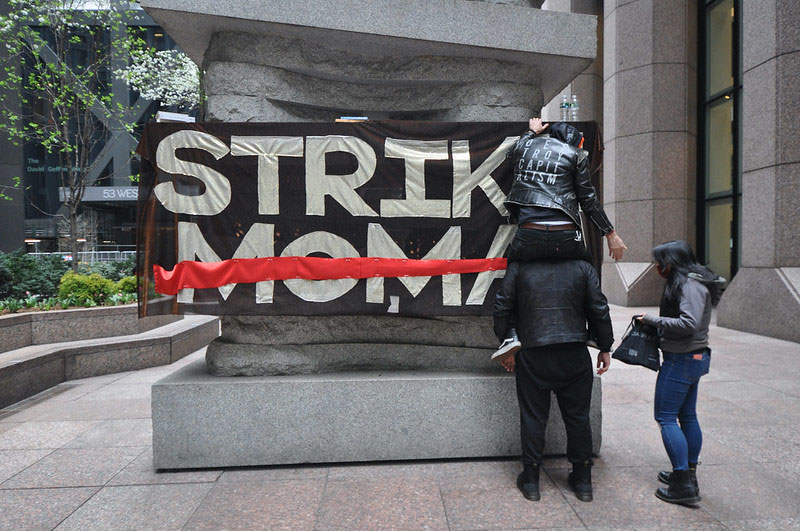May 23, 2010; Source: Cleveland.com | There is no one profile for nonprofits badly wounded during this recession. This story is about the Cleveland Botanical Garden which undertook to build a $48 million conservatory in 2001. It successfully raised $50 million in capital and borrowed $20 million in government bonds based on audience projections made by consultants – ConsultEcon of Cambridge, MA —that were more than twice as high as attendance has been since it re-opened in 2003. This is perhaps the root of the difficulties but then the recession hit the Garden’s asset base hard. The value of its “Glasshouse,” its endowment, and even the plants plummeted and the organization, unable to make regular payments, had its repayments to one lender accelerated. The Garden, last year, withdrew $10 million from its endowment to pay the lender ($6 million) and cover operating costs ($4 million) and the rest of its payments to the lender have been accelerated. This has left the size of the endowment half of what it was and, says the article’s author, is the equivalent of borrowing from a retirement fund to pay the mortgage and buy groceries. You can read the rest of the article for the whole story and it is well worth the read as a case study for getting in over one’s head. We like the caution expressed by one expert to treat your consultant’s projections with a proper amount of skepticism and the commentary from Dione Alexander from the Nonprofit Finance Fund is well worth hearing.
Sign up for our free newsletters
Subscribe to NPQ's newsletters to have our top stories delivered directly to your inbox.
By signing up, you agree to our privacy policy and terms of use, and to receive messages from NPQ and our partners.
This is not the only cultural institution in Cleveland to fall into financial trouble in this decade. The Western Reserve Historical Society is selling off its exhibits to pay its debt and the Cleveland Museum of Art and the Cleveland Orchestra saw their endowments shrink, responding with layoffs and cuts. But also in this article is the story of the Franklin Park Conservatory in Columbus. Ohio which took some risks that paid off.—Ruth McCambridge













